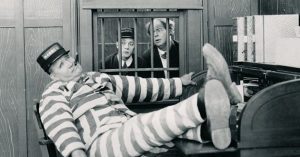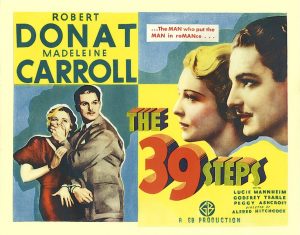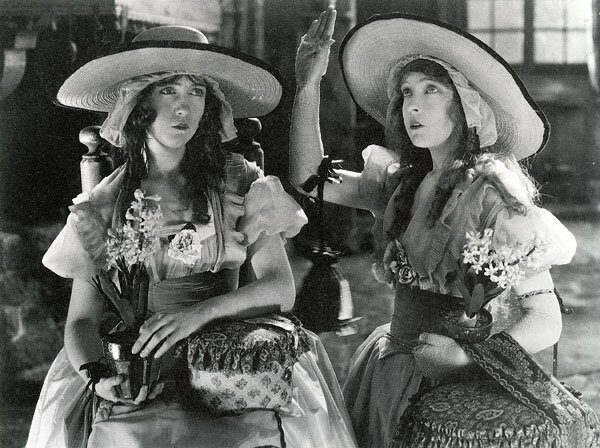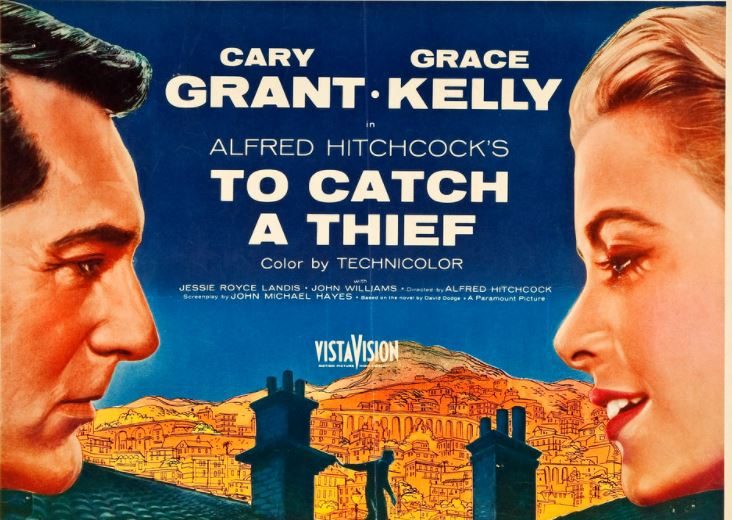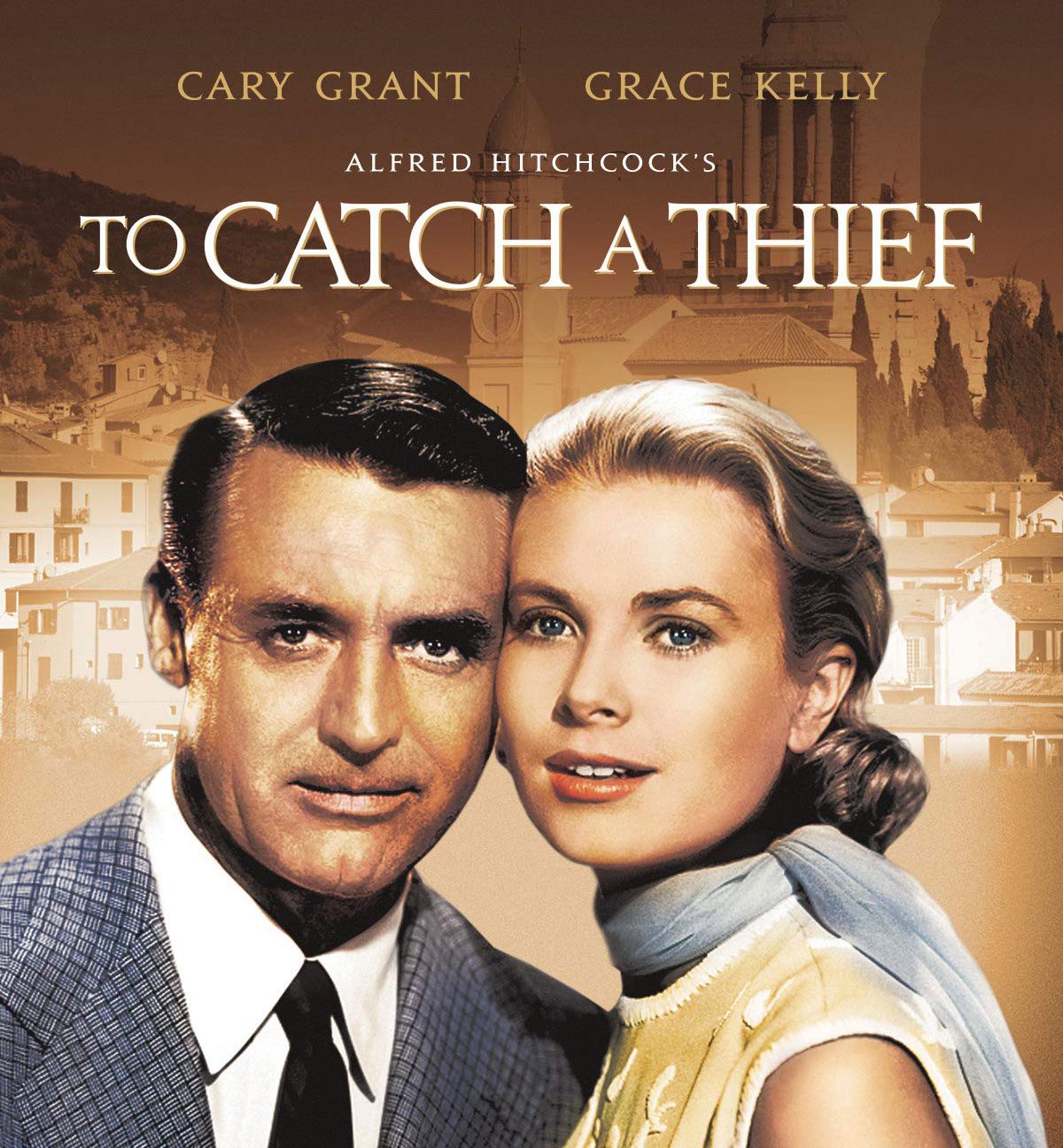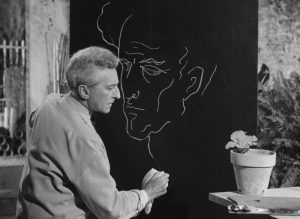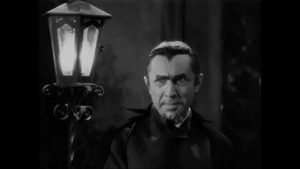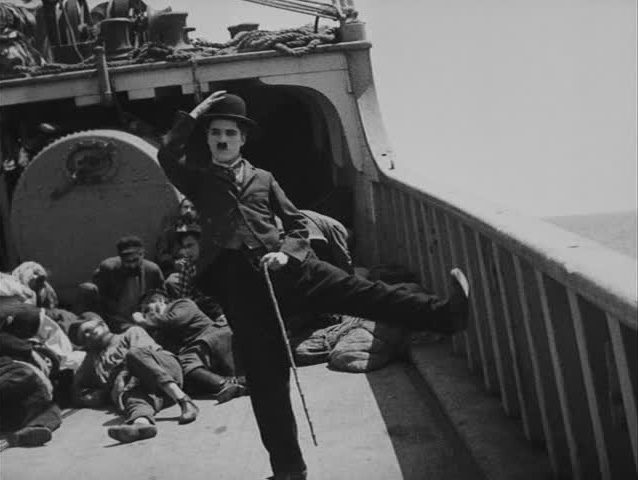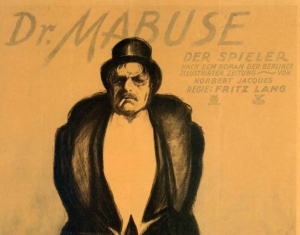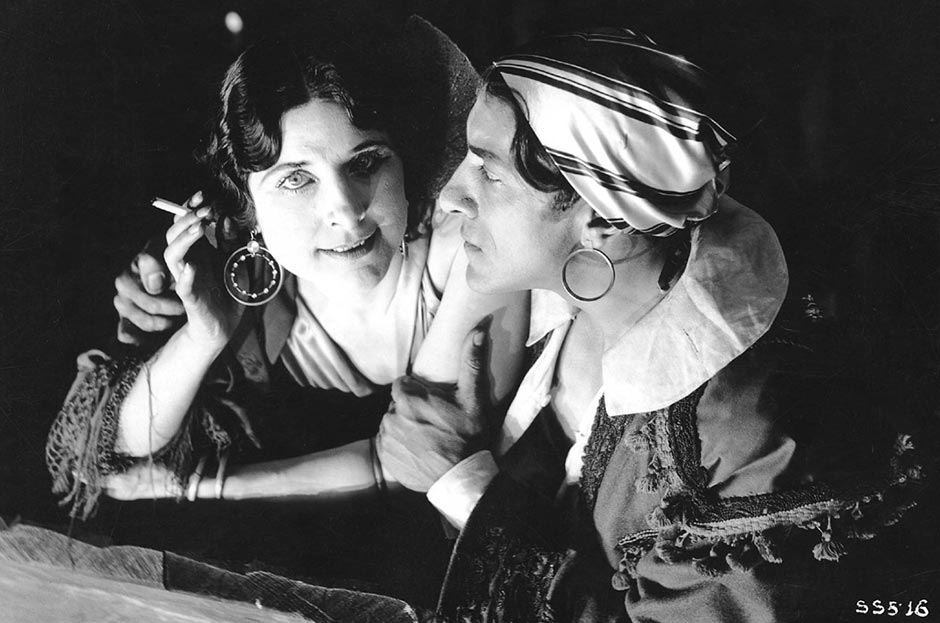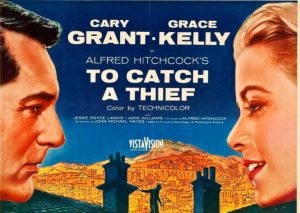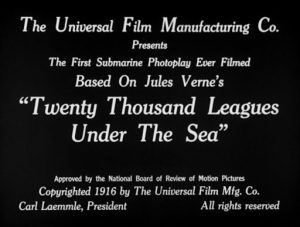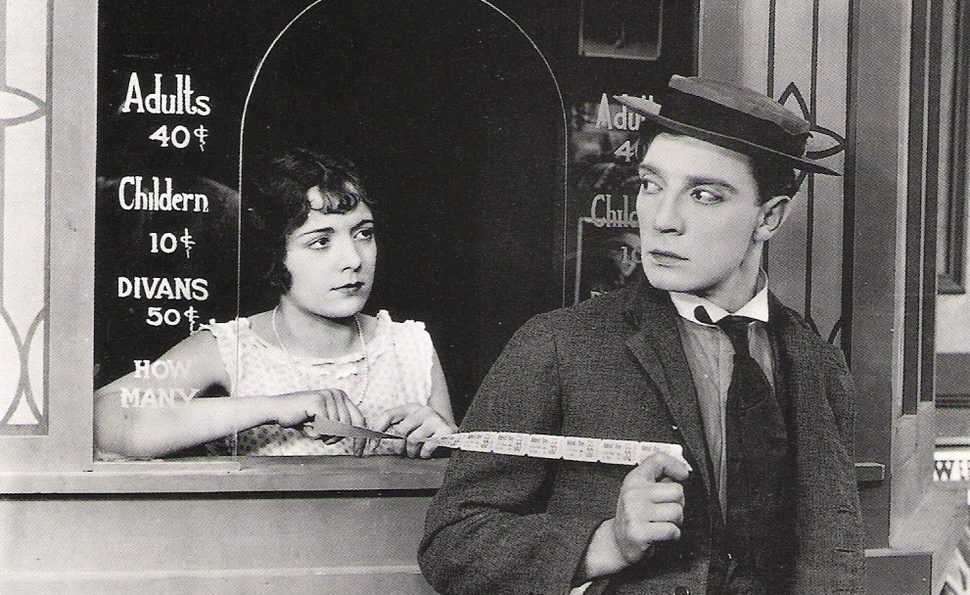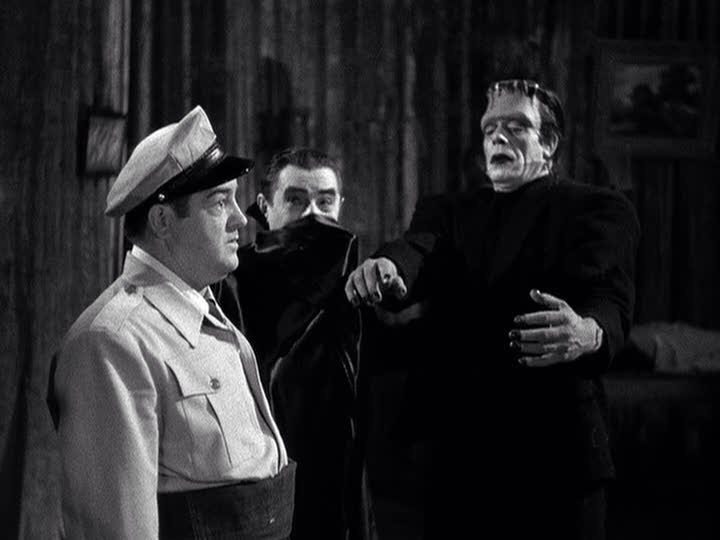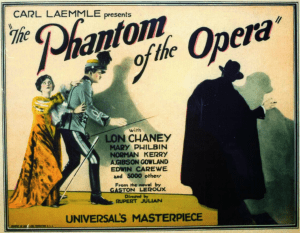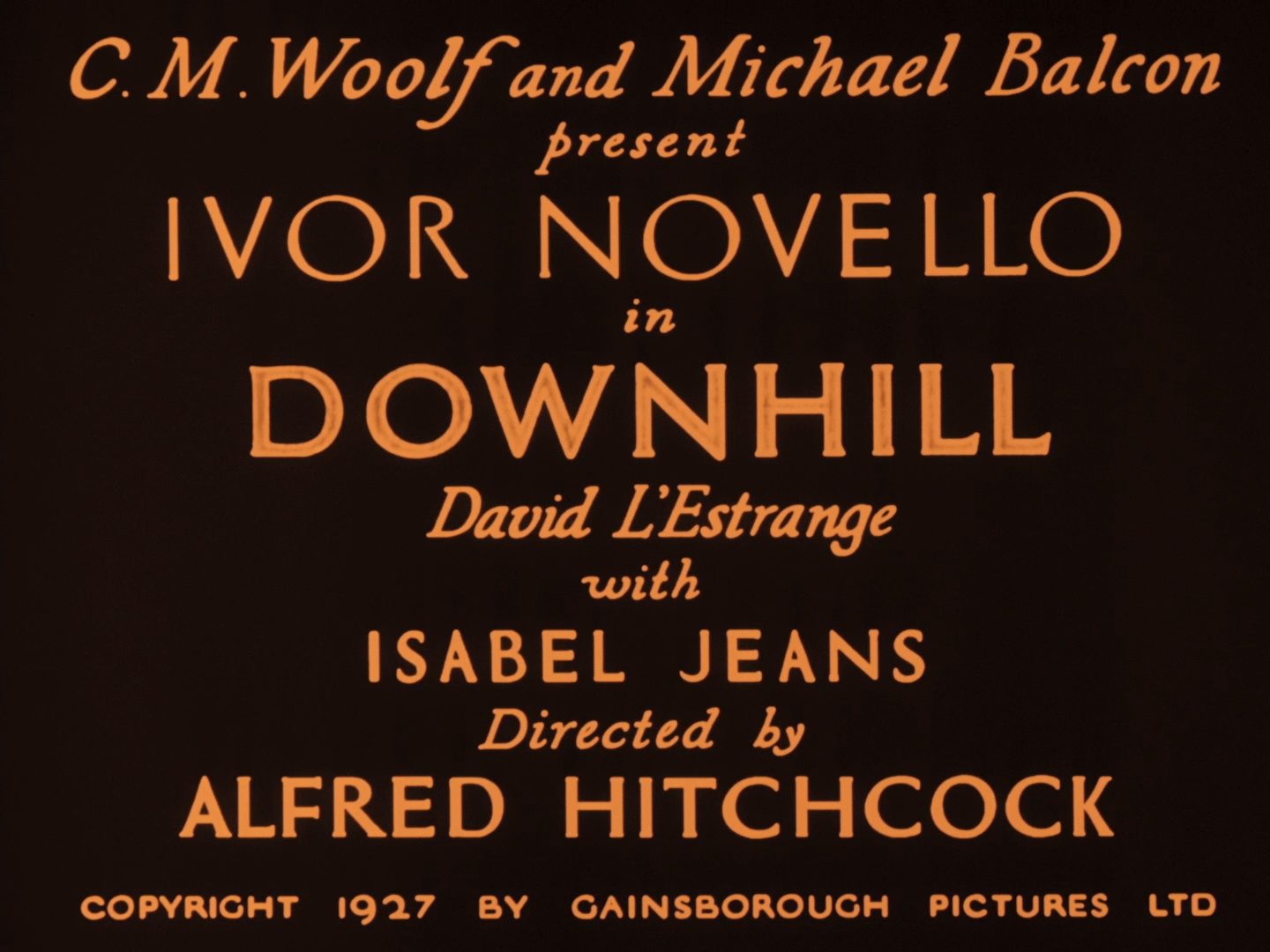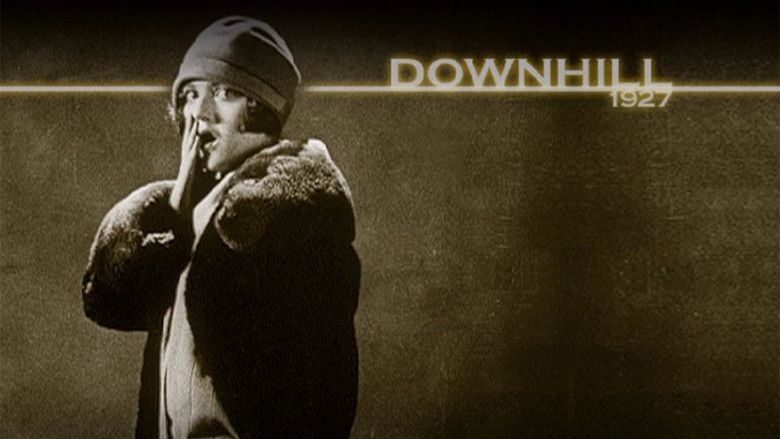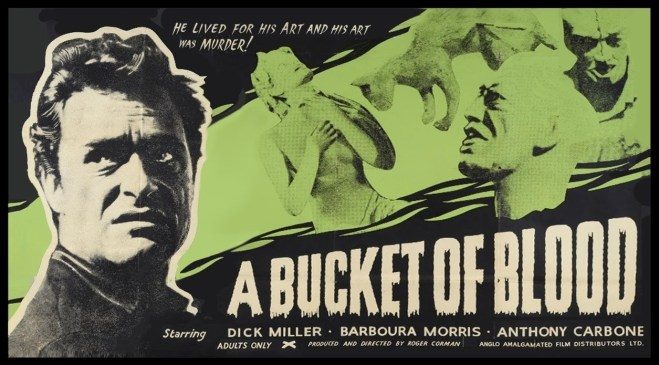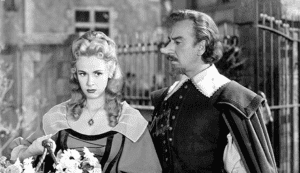A Bucket of Blood is a 1959 American comedy horror film directed by Roger Corman. It starred Dick Miller and was set in West Coast beatnik culture of the late 1950s. The film, produced on a $50,000 budget, was shot in five days and shares many of the low-budget filmmaking aesthetics commonly associated with Corman’s work. Written by Charles B. Griffith, the film is a dark comic satire about a dimwitted, impressionable young busboy at a Bohemian café who is acclaimed as a brilliant sculptor when he accidentally kills his landlady’s cat and covers its body in clay to hide the evidence. When he is pressured to create similar work, he becomes a serial murderer.
Plot
One night after hearing the words of Maxwell H. Brock (Julian Burton), a poet who performs at The Yellow Door cafe, the dimwitted, impressionable, busboy Walter Paisley (Dick Miller) returns home to attempt to create a sculpture of the face of the hostess Carla (Barboura Morris). He stops when he hears the meowing of Frankie, the cat owned by his inquisitive landlady, Mrs. Surchart (Myrtle Vail), who has somehow gotten himself stuck in Walter’s wall. Walter attempts to get Frankie out using a knife, but accidentally kills the cat when he sticks the knife into his wall. Instead of giving Frankie a proper burial, Walter covers the cat in clay, leaving the knife stuck in it.
The next morning, Walter shows the cat to Carla and his boss Leonard (Antony Carbone). Leonard dismisses the oddly morbid piece, but Carla is enthusiastic about the work and convinces Leonard to display it in the café. Walter receives praise from Will (John Brinkley) and the other beatniks in the café. An adoring fan, Naolia (Jhean Burton), gives him a vial of heroin to remember her by. Naively ignorant of its function, he takes it home and is followed by Lou Raby (Bert Convy), an undercover cop, who attempts to take him into custody for narcotics possession. In a blind panic, thinking Lou is about to shoot him, Walter hits him with the frying pan he is holding, killing Lou instantly.
Meanwhile, Walter’s boss discovers the secret behind Walter’s Dead Cat piece when he sees fur sticking out of it. The next morning, Walter tells the café-goers that he has a new piece, which he calls Murdered Man. Both Leonard and Carla come with Walter as he unveils his latest work and are simultaneously amazed and appalled. Carla critiques it as “hideous and eloquent” and deserving of a public exhibition. Leonard is aghast at the idea, but realizes the potential for wealth if he plays his cards right.
The next night, Walter is treated like a king by almost everyone, except for a blonde model named Alice (Judy Bamber), who is widely disliked by her peers. Walter later follows her home and confronts her, explaining that he wants to pay her to model. At Walter’s apartment, Alice strips nude and poses in a chair, where Walter proceeds to strangle her with her scarf. Walter creates a statue of Alice which, once unveiled, so impresses Brock that he throws a party at the Yellow Door in Walter’s honor. Costumed as a carnival fool, Walter is wined and dined to excess.
After the party, Walter later stumbles towards his apartment. Still drunk, he beheads a factory worker with his own buzzsaw to create a bust. When he shows the head to Leonard, the boss realizes that he must stop Walter’s murderous rampage and promises Walter a show to offload his latest “sculptures”. At the exhibit, Walter proposes to Carla, but she rejects him. Walter is distraught and now offers to sculpt her, and she happily agrees to after the reception. Back at the exhibit, however, she finds part of the clay on one figure has worn away, revealing Alice’s finger. When she tells Walter that there is a body in one of the sculptures, he tells her that he “made them immortal”, and that he can make her immortal, too. She flees, he chases, and the others at the exhibit learn Walter’s secret and join the chase. Walter and Carla wind up at a lumber yard where Walter, haunted by the voices of Lou and Alice, stops chasing Carla, and runs home. With discovery and retribution closing in on him, Walter vows to “hide where they’ll never find me”. The police, Carla, Leonard, Maxwell, and the others break down Walter’s apartment door only to find that Walter has hanged himself. Looking askance at the hanging, clay-daubed corpse, Maxwell proclaims, “I suppose he would have called it Hanging Man … his greatest work.”

